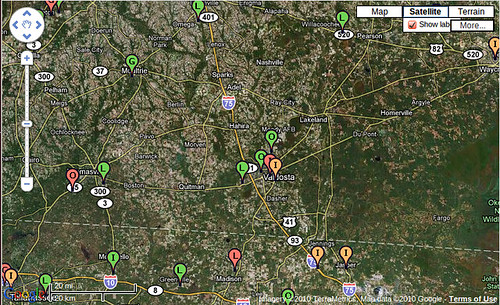-jsq
Dear Lowndes County Commissioners.Continue readingMy sincere thanks for letting me present my concerns at yesterday’s meeting. It is very much appreciated.
Please understand that what I presented is based on facts. I have worked for ten years at VSU as an educator, and my students and colleagues know me as a straightforward person. I may ruffle some feathers at times, but I clearly was brought up in a no-nonsense household.
If Mr. Lofton would not continue to ignore our concerns (as he again did at the BOE meeting), to misrepresent organizations such as the Sierra Club (an organization I happen to support), or to keep bringing up names of those who endorse the biomass plant (yet conveniently overlooks a conflict of interest), I probably would have never brought this up. However, during these past couple weeks, and particularly with his behavior at the BOE meeting, Mr. Lofton has added insult to injury, and enough is enough.
To substantiate the comments I made yesterday,



